The REACH regulation sets restrictions on certain chemicals and heavy metals in products and mixtures in the European Union. Products containing amounts of restricted substances exceeding the set limits cannot be sold in the EU.
As such, REACH lab testing is often necessary to verify that a certain product is compliant with said limits.
In this guide, we explain what manufacturers and importers must know about REACH testing requirements, costs, procedures, and more.
Content Overview

FREE CONSULTATION CALL (30 MIN)
 Ask questions about compliance requirements
Ask questions about compliance requirements Countries/markets:
Countries/markets:
 Learn how we can help your business
Learn how we can help your business
You will speak with:Ivan Malloci or John Vinod Khiatani
What is REACH testing?
REACH testing refers to lab testing a certain product or mixture according to a set of chemicals restricted under the REACH regulation. The purpose is to check if a product or mixture contains restricted substances above the set limits.
Below follows an example of a REACH testing protocol:
The two most common categories of substances that can require REACH testing are further explained below.
REACH Annex XVII Testing
Annex XVII of the REACH regulation restricts chemicals and heavy metals in products and mixtures. Products must not contain restricted substances such as lead or cadmium above the set limits in Annex XVII.
As such, lab testing according to Annex XVII is often a priority.
REACH SVHC Testing
SVHCs are not subject to the same bans but can trigger reporting and registration requirements if present in a product or material. The presence of SVHCs can often only be confirmed through lab testing.
Is REACH lab testing required?
This is actually a relatively complex question to answer. The REACH regulation does not explicitly state that third-party lab testing is mandatory. However, it is necessary to ensure that a product or mixture does not contain restricted substances above the set limits.
In theory, this can be verified by obtaining a bill of substances or a pre-existing test report from your supplier.
However, in reality, many companies do not have substance data demonstrating compliance with the REACH regulation. As a result, REACH lab testing is often the only way to verify compliance with the applicable substance restrictions.

Which products require REACH testing?
REACH testing can be applied to essentially all products. Here are some product categories where REACH testing is commonly applied:
- Clothing
- Toys
- Children’s products
- Electronics
- Furniture
- Packaging
Which materials require REACH testing?
REACH testing can be applied to essentially all materials, including:
- Textiles
- Metals and alloys
- Plastics
- Ceramics
- Composite materials
- Paints and coatings
How do we know what REACH substances to test for?
There are more than 250 listed SVHCs and more than 1000 substances restricted under Annex XVII. Testing a single product or mixture for all of these would be prohibitively expensive. Further, most importers and manufacturers do not have the expertise required to determine which substances apply to a certain product.
As such, my recommendation is that you leave this assessment to a qualified testing company like QIMA or TUV Rheinland. They can help you determine which substances to test for based on the following criteria:
- Product type
- Material/s
- Age group
Labs will generally decide what substance to include in their test protocol based on what is written in the REACH regulation (i.e., product or material-specific restrictions) and if a substance is likely to be found in a certain material. For example, PVC plastic should always be tested for DEHP, while doing so for, say, a cotton fabric or wood would be hard to motivate.
It should also be noted that there is not always a definitive list of substances that a product must be tested for. I have encountered situations where two labs differed in their opinion regarding the specific REACH substance tests they deemed relevant for the exact same product.
REACH lab testing costs
REACH testing costs are multiplied based on the number of materials and colours. As such, a single-colored material sample test costs less than a product made of multiple materials and colour variations.
How much does REACH lab testing cost?
REACH lab testing can cost from 100 USD and up, depending on the number of materials, colours, and applicable substance tests. Further, additional costs apply if you also wish to test SVHCs in addition to Annex XVII substances.
Example A: Red T-Shirt
A single-colored material test is less expensive, as detailed in the table below.
| Overview | # Tests | Cost (USD) |
| REACH-Nickel Release | 1 | 70 |
| REACH-Total Cadmium Content | 1 | 20 |
| REACH-Phthalate Content | 1 | 40 |
| REACH-Organotin Content | 1 | 100 |
| REACH-Pentachlorophenol Content | 1 | 90 |
| Total cost (US Dollars) | 320 | |
Example B: Wrist Watch
However, a wristwatch made up of a watch case and a leather strap costs more to test:
| Overview | # Tests | Cost (USD) |
| REACH-Nickel Release | 2 | 70 |
| REACH-Total Cadmium Content | 2 | 20 |
| REACH-Phthalate Content | 2 | 40 |
| REACH-Organotin Content | 2 | 100 |
| REACH-Pentachlorophenol Content | 2 | 90 |
| REACH-Hexavalent Chromium Content in Leather | 1 | 50 |
| REACH-Azo Colourants Content in Leather | 1 | 50 |
| Total cost (US Dollars) | 740 | |
REACH Test Report Example
FAQ
Do clothing and textiles require REACH testing?
Yes, substance restrictions under the REACH regulation also apply to clothing and textile products for children and adults alike.
Do toys require REACH testing?
Yes, REACH testing is often applied to toys. This is done in addition to the substance restrictions set by EN 71-3.
Do children’s products require REACH testing?
Yes, children’s products (including those that are not toys) are subject to the REACH regulation and can therefore be tested accordingly. There are also substance restrictions specific to children’s products in the REACH regulation.
It is therefore important that you inform the lab of the age group of your product prior to booking testing.
Do we need to test every single product according to REACH?
There is no statement in the REACH regulation mandating the testing of every single product. Instead, the REACH regulation is concerned with the substance contents in materials.
As such, we are mainly interested in testing individual materials rather than individual products. This is an important distinction, as many products can contain the same materials.
A more cost-effective way to manage REACH testing is to test materials rather than individual products.
How often do we need to submit our products for REACH testing?
It’s important to stay up to date with the REACH regulation as new substances are added to Annex XVII or the list of SVHCs. As such, last year’s REACH test report may already be outdated.
Further, one batch of materials could also be compliant while the next is not. Materials can be contaminated during production (e.g. infused with a restricted substance), which is why periodic testing is necessary. That said, I cannot give an exact estimate as to the frequency of testing you should expect.
How long is a REACH test report valid?
REACH test reports generally do not have an expiry date. This can be explained by the fact that a REACH test report is, in the end, a protocol of substance tests applied to a specific product or mixture.
As such, a REACH test report is only a record of the substances found or not found at that particular time.
A REACH test report is therefore valid to the extent that it can be believed to represent the chemical compliance of your products.
What should we do if the REACH test fails?
Failed REACH testing means that the material contains one or more restricted or banned substances above the limits. There is no way to ‘repair’ or otherwise make a non-compliant material become compliant. At best, you can ask your supplier to replace the non-compliant material, assuming that is possible without destroying the product.
REACH testing failure is always a risk, especially when importing from outside the EU, where REACH compliance is not the default. A few years ago, we had a situation in which a customer booked shipping before the REACH test result came through.
That proved to be a disaster as the plastic material used to make their product turned out to be contaminated by machine lubrication, which resulted in excessive amounts of restricted phthalates. It’s also worth noting that the supplier had passed all REACH tests for all previous production runs, but an accident can happen even with the best intentions.
Hence, ensure that you arrange REACH testing before you pay your supplier and book shipping.
Can I get a test report from my supplier?
Many importers assume that every single supplier in the world can provide a REACH test report for every single product and material. This is very rarely the case. It’s actually quite rare to find that suppliers can provide REACH lab test reports for more than a few materials – and the test reports are often outdated.
It’s therefore not a viable option to rely on existing lab test reports. This is also why third-party REACH lab testing is so often a necessity when importing products from Asia and other countries outside the EU.
That being said, you can still use “outdated” REACH test reports as a way to assess if the supplier has experience in the past manufacturing REACH-compliant products and materials.
Can REACH lab testing only be done within the EU?
No, there are many lab testing companies conducting lab tests according to the REACH regulation in China, US, UK, and other countries.
Is an EU REACH test report valid in the UK?
An EU REACH test report is only relevant in the UK to the extent that it matches the substance restrictions under the UK REACH regulation. Our understanding is that this is generally the case, but you should look up the specific substance restrictions in the UK version to be certain.
How do I submit products or materials samples for testing?
You can either instruct your factory to deliver samples directly to the testing company or send them yourself.
You will normally be instructed by the testing company to send the samples to a designated lab address and write the booking number in order to help the lab identify your samples upon arrival.
How long does REACH testing take?
The processing time from submission until you receive the lab test report is normally somewhere between 7 to 21 days. This varies between labs and the product you submit for testing.
Are all products in the EU tested according to REACH?
No, not all products sold in the EU are tested according to the REACH regulation. It is surprisingly common that companies skip REACH testing to save money or because they are not aware of its requirements.
Who checks the REACH lab test reports?
REACH test reports can be checked by Amazon or other marketplaces. I am aware of cases in which Amazon removed products due to the seller failing to provide REACH test reports.
Further, REACH test reports can also be requested by national market surveillance authorities in the EU.
Can Amazon request REACH test reports?
Amazon may also check your test reports if you sell products on their marketplace. From 2020 on, we started receiving reports from sellers that had their products removed as a result of failing to provide REACH lab test reports to Amazon.
This is also one reason why you should get your products REACH tested before importing products to the EU.
What can happen if we don’t have a REACH test report?
Failing to provide a REACH test report upon request can result in a sales ban, fines, and recalls.
Can we use a REACH declaration instead of a test report?
I am aware of some businesses requesting signed REACH declarations from their suppliers. As such, their suppliers sign a statement declaring that they will not use any substances restricted under Annex XVII or listed as SVHCs.
However, a REACH declaration does not provide an actual verification of compliance and cannot be compared to an actual test report.
Which companies offer REACH testing?
Here are some examples of companies offering REACH testing services:
- TUV Rheinland
- QIMA
- SGS
- Intertek
- Bureau Veritas
- STC Group
- Eurofins
You can find more companies here.

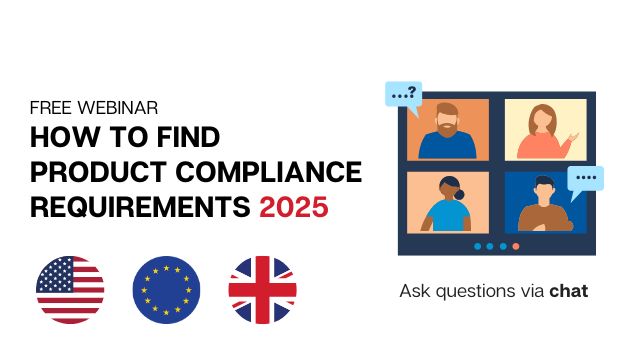
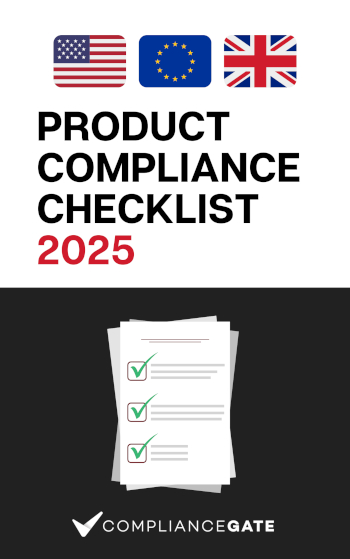




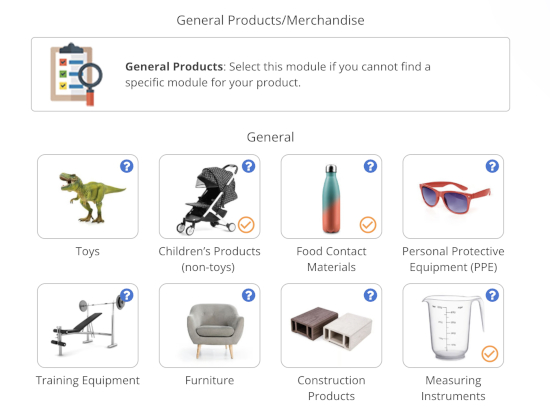






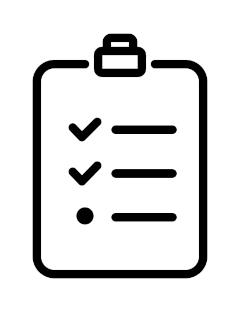

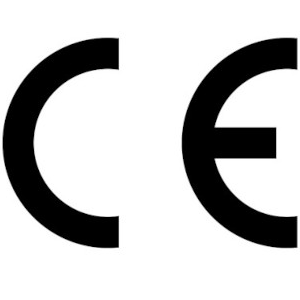




.png)
.png)
.png)
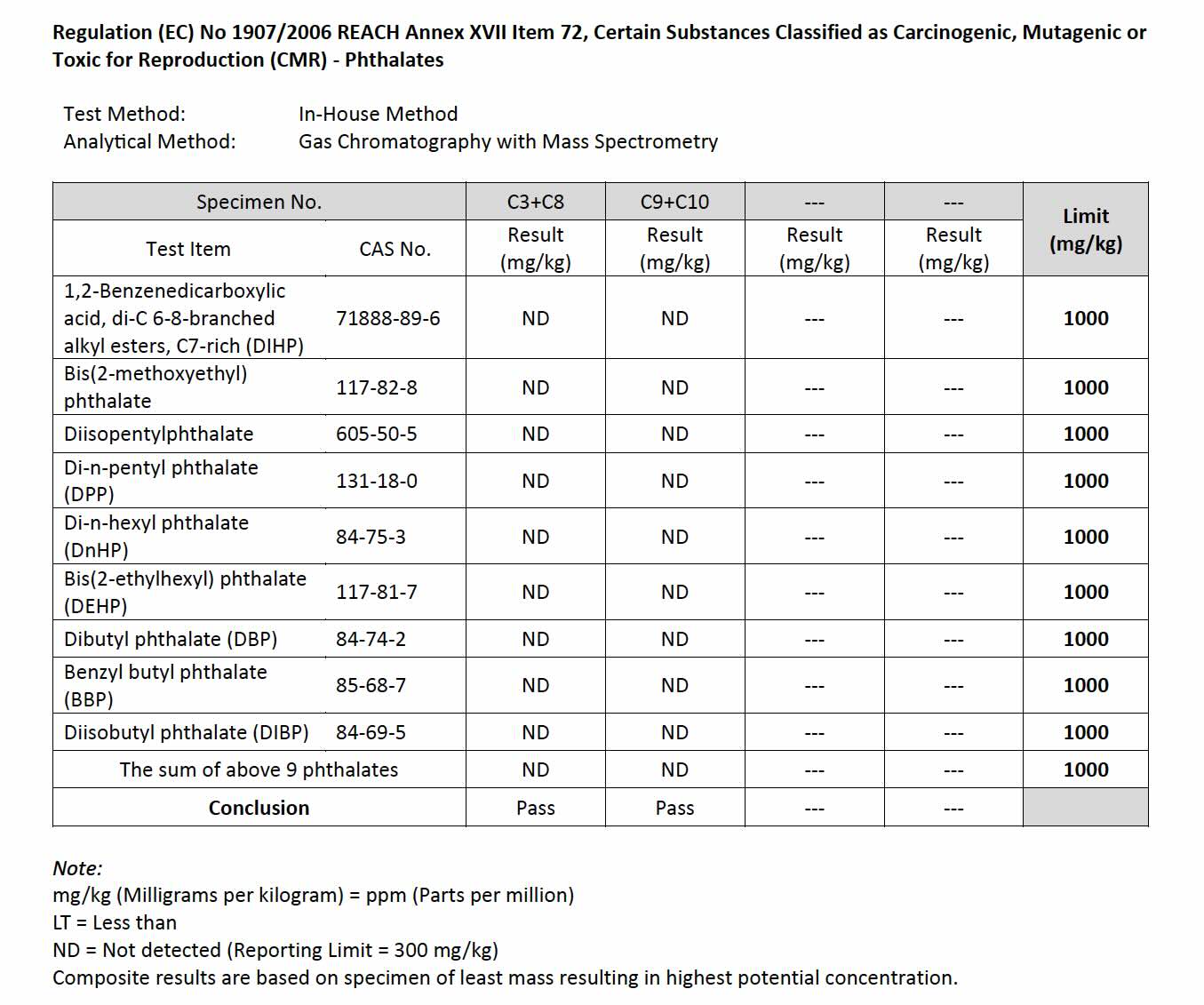
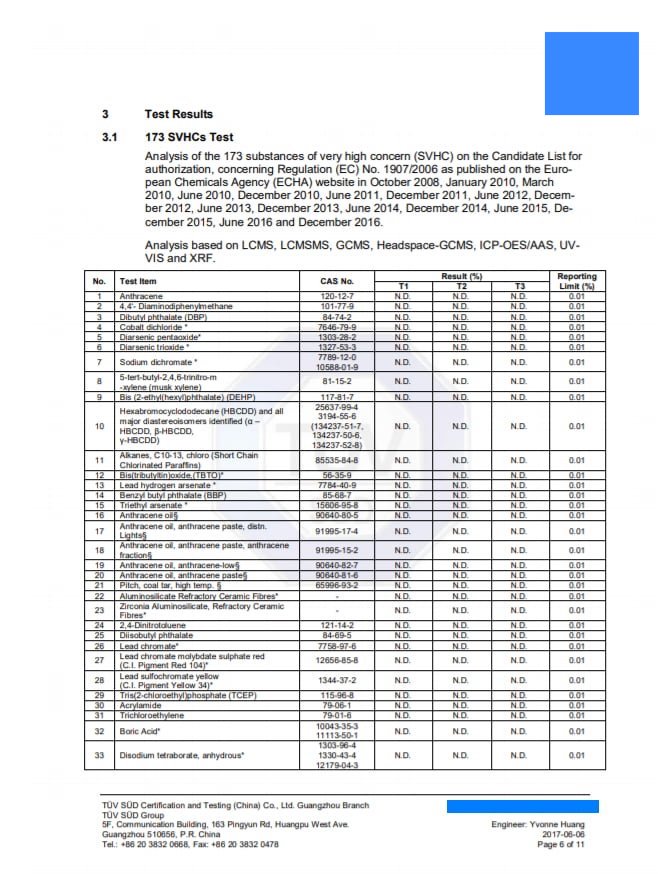
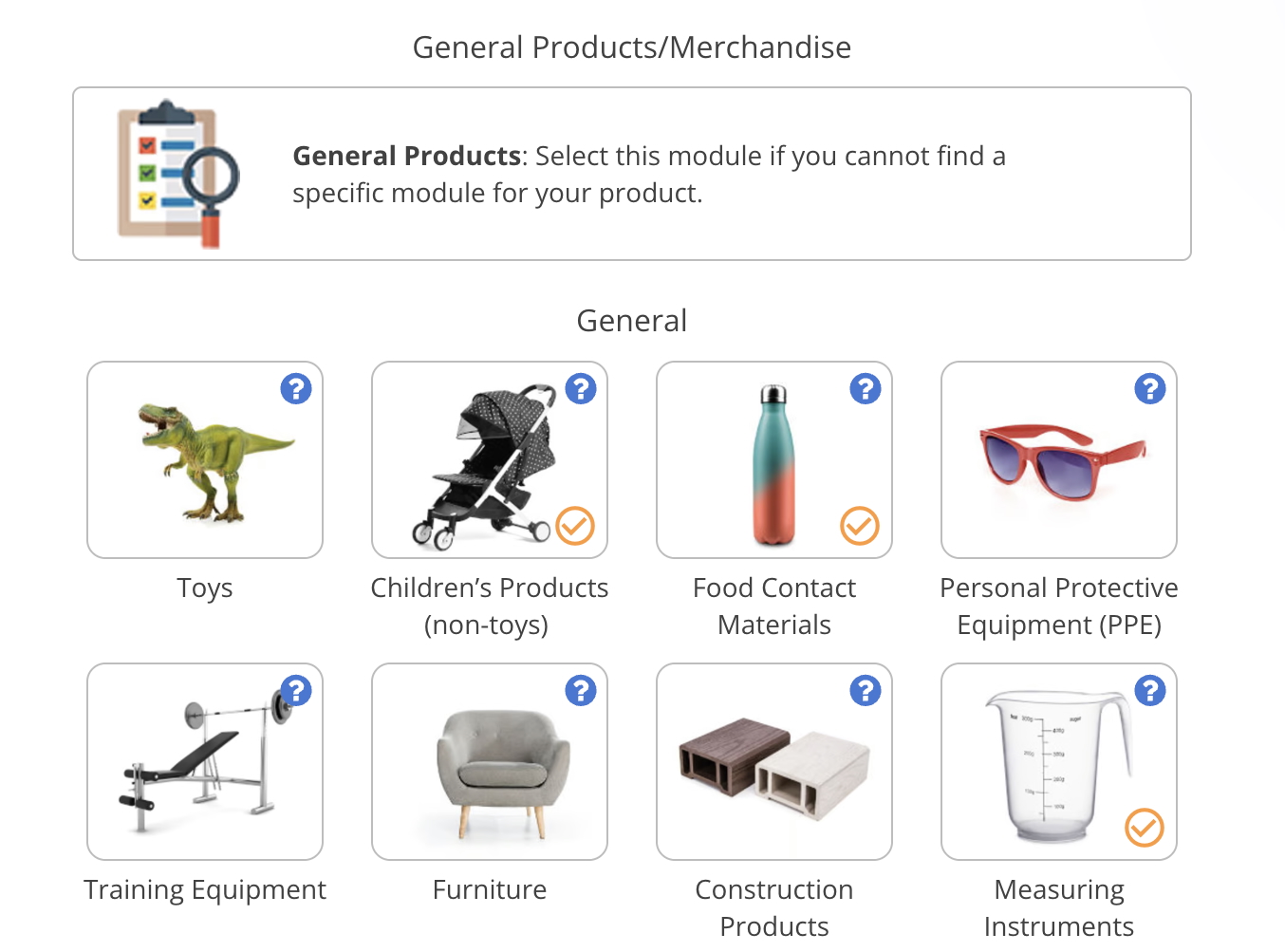


Thanks a lot for the helpful information!
We want to supply bags and accessories to the European Union from Uzbekistan. There are no Reach labs there unfortunately. Will the certification of Uzbek laboratories (with verification of all substances in accordance with Reach) be valid in Europe? Thanks in advance for your reply.
Hello Fredrik,
is it any items can be test under EU reach standard? my product is Beauty Fridges, what substance restrictions and limits you suggest? Thank you very Much !!
Best regards
Brad
Hi Brad,
Yes, but I cannot help you determine the applicable standards/tests. You need to contact a lab for that.
Hi Fredrik,
Our company sells home decor mirrors (full length). Do you think we would need to do lab testing or have an Authorized Representative in order to enter the EU?
Our belief is that we would not because it is not a high-touch product. Would love to know your thoughts.
Best,
Gavin
I have a protein shake that I would like to have tested. There is a really bad after taste and after doing some research others have reported about the taste as well. I have been drinking these shakes for a while and this one batch seems to have the bad taste. I am trying to find out if there is something that might have gotten into the shake accidently. This is not my product. I just bought it retail. Is this something your lab could do?
Hi Joseph,
It would cost you at least 400-600 USD to get it FCM tested.
1. Contact the brand or seller and ask if they have a lab test report
2. Stop using the shaker
Good day Fredrik
Hope you well.
I have a customer who wants testing done in relation to lead content in brass products. Can you please advice me on who to contact?
We are UK based and I’m finding it hard to find a relevant lab to do testing on the above.
Thanks in advance
Johan Basson
Hi Johan,
You can try the companies listed here:
https://www.compliancegate.com/reach-lab-testing-companies/
Regarding REACH (SVHC) products with different materials and parts, are we required to test all the parts even though parts are inside of the product? For example recumbent bike belt drive, or indoor cycling bike brake pads. Would it be acceptable to test the paint and main components?
Hi Lillian,
I asked this question a few months ago to the Swedish Chemical Agency but did not get a clear answer…
Hello – I am trying to confirm what REACH Testing I need to provide for every product and what REACH testing I can do on a batch basis, every 6/12 months.
For example, I will test a PU bag to the relevant REACH Annex XVII, for every bag but I will apply the REACH SVHC 211 for the PU used to make the bag once every 6 or 12 months.
Do you think that is a reasonable compliance plan?
Thanks,
Aidan
Hello ,your blog is very beatiful .I have a question , if i want import different style of bracelets or pendant in EU , is necessary to test every model ? Is necessary make ,and pay,many REACH test for every model of my product ?I want import 500 diffrent style bracelets , is necessary make a test REACH for every model ?Thank
Hello Emanuele,
That depends. Are these different models made from the same material?
Hello
if a manufacturer only works with one type of material i.e. stainless steel or sterling silver, would it be necessary to test all of their jewellery or would testing one rose gold , one gold plated and one silver jewellery be enough?
Or would one have to test every single item purchased from the manufacturer?
Hello, I work for a cosulting lab in Australia, with a client looking to sell their products in the UK/EU. Do we have to be a REACH certified lab to issue compliancy or can we provide a break down of the materials with regards to SVHCs ?
Thank You.
Hi,
I’ve been working with a supplier via Alibaba in China, on developing a custom *pet* shampoo product. They’ve sent me the samples with their test certifications, all clear. I’ve tried the sample myself (first!) and only then my personal pets. Results are great – even better than most supermarket brands I’d say. No allergic reactions, or noticeable issues.
But I too am struggling with the “REACH” issue – as I want to sell via Amazon in the UK/ EU, I want to know whether it would be sufficient to have my supplier’s test certs, or do I still need to have a REACH test done via third party lab? Nobody is getting back to me, with lockdown, so I’m just basically waiting.
Would appreciate a suggestion please – thanks! Great article too.
I think this might go beyond REACH and into cosmetic product regulations. That’s outside my area of expertise though.
If I am buying products from suppliers which are inside the European Union and I am selling those products through dropshipping also inside the European Union, would I be responsible for a REACH test if it was mandatory or would it be te manufacturer? Because as far as I know in the European Union the manufacturer is liable for the product and not the seller.
Hi Fabien,
I think you are right
Dear Sir/ Mam,
Can you guide me what are the test applicable on Textile and leather material as per reach. As i am working in lab and very new to REACH Testing.
Hello Shaily,
If you are working in a product testing lab then you should have someone that stays up to date on new substance restrictions and limits. It’s up to the lab to decide which REACH SVHC tests to apply to a certain product and material.
Your blog is helpful for us. It’s very informative. Thanks!
For REACH testing, feel free to contact:
TUV NORD
[email protected]
Hi Deepak,
Do you have any suggestions for our readers when it comes to REACH compliance testing?